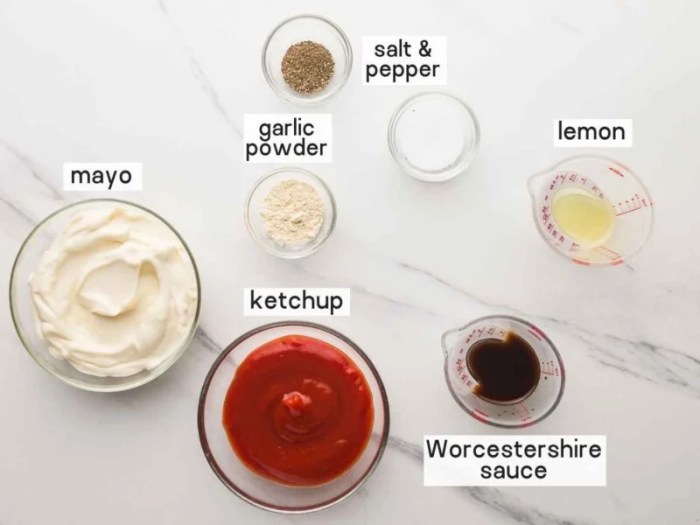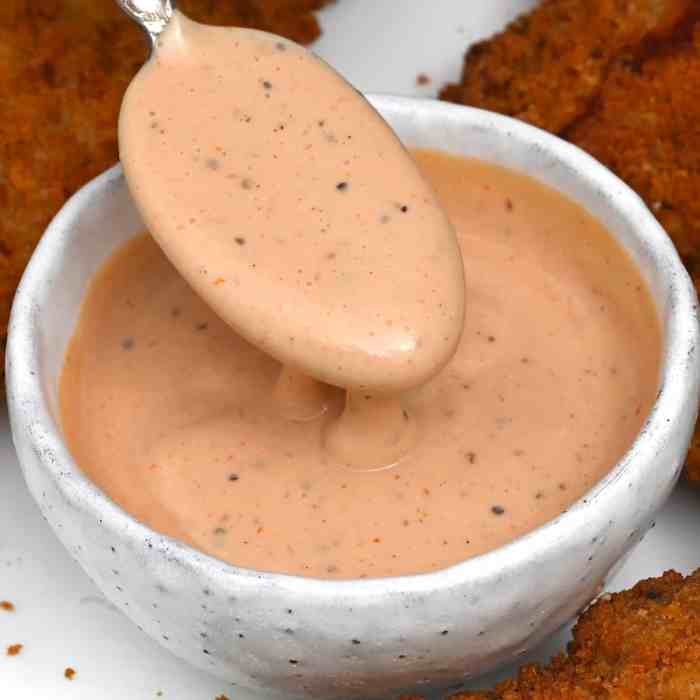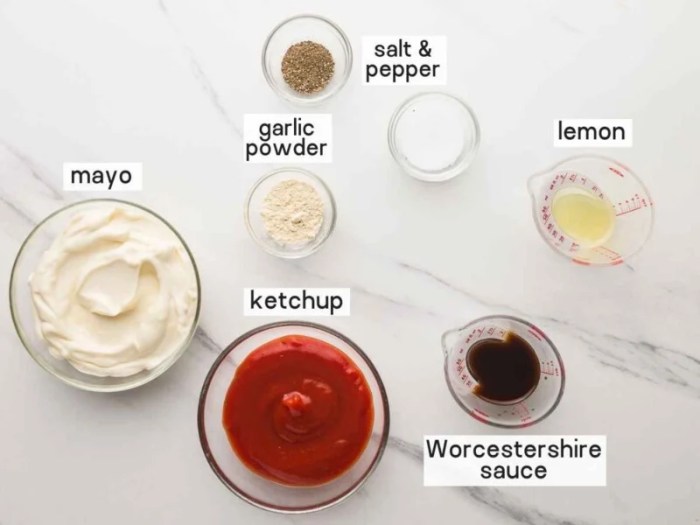Diy canes sauce – DIY Cane Sauce: A Flavorful Journey invites you to explore the world of this versatile condiment, from its origins and historical significance to modern culinary applications. This guide will equip you with the knowledge and skills to create your own delicious cane sauce at home, unlocking a world of flavor possibilities.
Cane sauce, also known as cane syrup sauce or cane vinegar sauce, is a beloved condiment found in various cuisines around the globe. Its unique sweet and tangy flavor profile, often enhanced with spices and herbs, adds a delightful complexity to a wide range of dishes. From savory meats and seafood to refreshing salads and vibrant vegetables, cane sauce elevates culinary experiences with its distinctive character.
Introduction to Cane Sauce

Cane sauce, also known as cane syrup sauce or molasses sauce, is a sweet and savory condiment that has been a staple in Caribbean cuisine for centuries. It’s made from a blend of cane syrup, spices, and often vinegar, creating a complex flavor profile that can be both sweet and tangy, with a hint of heat. The origins of cane sauce can be traced back to the early days of sugarcane cultivation in the Caribbean, where enslaved Africans developed the sauce as a way to utilize the byproducts of sugar production.
Cane sauce’s versatility extends beyond its traditional Caribbean roots, finding its way into various cuisines around the world. It’s used as a glaze for meats, a marinade for poultry, a dipping sauce for fried foods, and even as a sweetener for desserts. The sauce’s adaptability stems from its ability to complement a wide range of flavors, from the smoky notes of grilled meats to the sweetness of tropical fruits.
Historical and Cultural Significance of Cane Sauce
Cane sauce holds a significant place in Caribbean history and culture, reflecting the region’s colonial past and the resilience of its people. The sauce’s origins are intertwined with the transatlantic slave trade, where enslaved Africans were forced to cultivate sugarcane and produce sugar. Cane sauce emerged as a way to utilize the molasses, a byproduct of the sugar refining process, which was often discarded. The sauce became a symbol of resourcefulness and adaptation, showcasing how enslaved people turned limited resources into a flavorful and versatile condiment.
Cane sauce has also played a vital role in preserving Caribbean culinary traditions. It’s often passed down through generations, with families sharing their own unique recipes and techniques. The sauce’s enduring popularity speaks to its ability to connect people to their heritage and cultural identity.
Ingredients and Variations

Cane sauce, a staple condiment in many Caribbean households, is known for its versatility and adaptability. It can be enjoyed as a dipping sauce, marinade, or glaze, adding a sweet and spicy kick to a wide range of dishes. The key to crafting a truly delicious cane sauce lies in understanding its core ingredients and exploring the numerous variations that exist.
Essential Ingredients, Diy canes sauce
Cane sauce is fundamentally a blend of sweet and savory flavors. The essential ingredients include:
- Cane Syrup: This forms the base of the sauce, providing sweetness and a distinct molasses-like flavor.
- Vinegar: Typically, white vinegar is used to balance the sweetness and add a tangy note.
- Hot Peppers: Scotch bonnet peppers are commonly used, offering a fiery heat that can be adjusted based on personal preference.
- Spices: A combination of spices, such as ground allspice, black pepper, and cinnamon, adds depth and complexity to the sauce.
- Salt: This enhances the flavors of the other ingredients and balances the overall taste.
Regional Variations
Cane sauce is a beloved condiment throughout the Caribbean, and each region has its own unique variations.
- Jamaican Cane Sauce: This version often incorporates a generous amount of Scotch bonnet peppers for a fiery kick, along with a touch of ginger and garlic for added depth.
- Trinidad Cane Sauce: Trinidadian cane sauce frequently features a blend of habanero peppers, pimento, and thyme, creating a flavor profile that is both spicy and aromatic.
- Barbadian Cane Sauce: In Barbados, cane sauce is often made with a combination of Scotch bonnet peppers, onions, and a hint of nutmeg, resulting in a slightly sweeter and more nuanced flavor.
Common Additions and Substitutions
Cane sauce is highly customizable, allowing for various additions and substitutions to cater to individual preferences.
- Sweetness: Honey or brown sugar can be added to increase the sweetness of the sauce. Alternatively, for a less sweet version, maple syrup or molasses can be used as substitutes for cane syrup.
- Heat: The level of heat can be adjusted by using different types of peppers or varying the amount. For a milder version, milder peppers like jalapeños or serranos can be used. Conversely, for a more intense heat, ghost peppers or habaneros can be incorporated.
- Flavor: Experiment with different spices and herbs to enhance the flavor profile. Common additions include cumin, paprika, oregano, thyme, and cilantro. Garlic and onions can also be added for savory notes.
- Texture: For a thicker sauce, cornstarch or arrowroot powder can be added as a thickening agent. Alternatively, for a thinner consistency, water or more vinegar can be incorporated.
Making Cane Sauce from Scratch: Diy Canes Sauce

Cane sauce, a staple in many Caribbean households, is a delicious and versatile condiment that can be made from scratch with a few simple ingredients. While you can find pre-made versions in stores, creating your own cane sauce allows you to customize the flavors and ensure the freshness of your ingredients. This guide will take you through the process of making cane sauce at home, providing tips and tricks for achieving the perfect consistency and flavor.
Preparing the Ingredients
The foundation of a great cane sauce lies in the quality of its ingredients. Start by gathering fresh, high-quality ingredients. This ensures the sauce’s authenticity and enhances its flavor.
- Use ripe, sweet peppers for a balanced sweetness and a touch of heat. Avoid using overly mature peppers, as they can be bitter.
- Select fresh, vibrant herbs like thyme, scallions, and cilantro for their unique aromas and flavors. Avoid using wilted or damaged herbs, as they can impact the overall taste.
- Opt for quality vinegar, such as apple cider vinegar or white wine vinegar, for a tangy and acidic flavor. Avoid using vinegar with a strong odor or off-flavor, as it can overpower the sauce.
- Choose a high-quality oil, such as olive oil or vegetable oil, for a smooth and rich texture. Avoid using oils with a strong flavor, as they can mask the other ingredients.
With its versatility, cultural significance, and potential health benefits, DIY Cane Sauce offers a rewarding culinary adventure. From mastering the basic recipe to experimenting with different variations, the journey of creating your own cane sauce is both delicious and enriching. Embrace the opportunity to explore this flavorful world and discover the joy of crafting your own unique culinary masterpiece.
Making your own cane sauce is a fun and rewarding culinary experience. While experimenting with different ingredients, it’s crucial to remember that some additives can have unintended consequences. For instance, fluoroquinolones, a class of antibiotics fluoroquinolones , can interact with certain foods and ingredients. It’s always best to consult a healthcare professional before incorporating any new ingredient into your homemade cane sauce.

